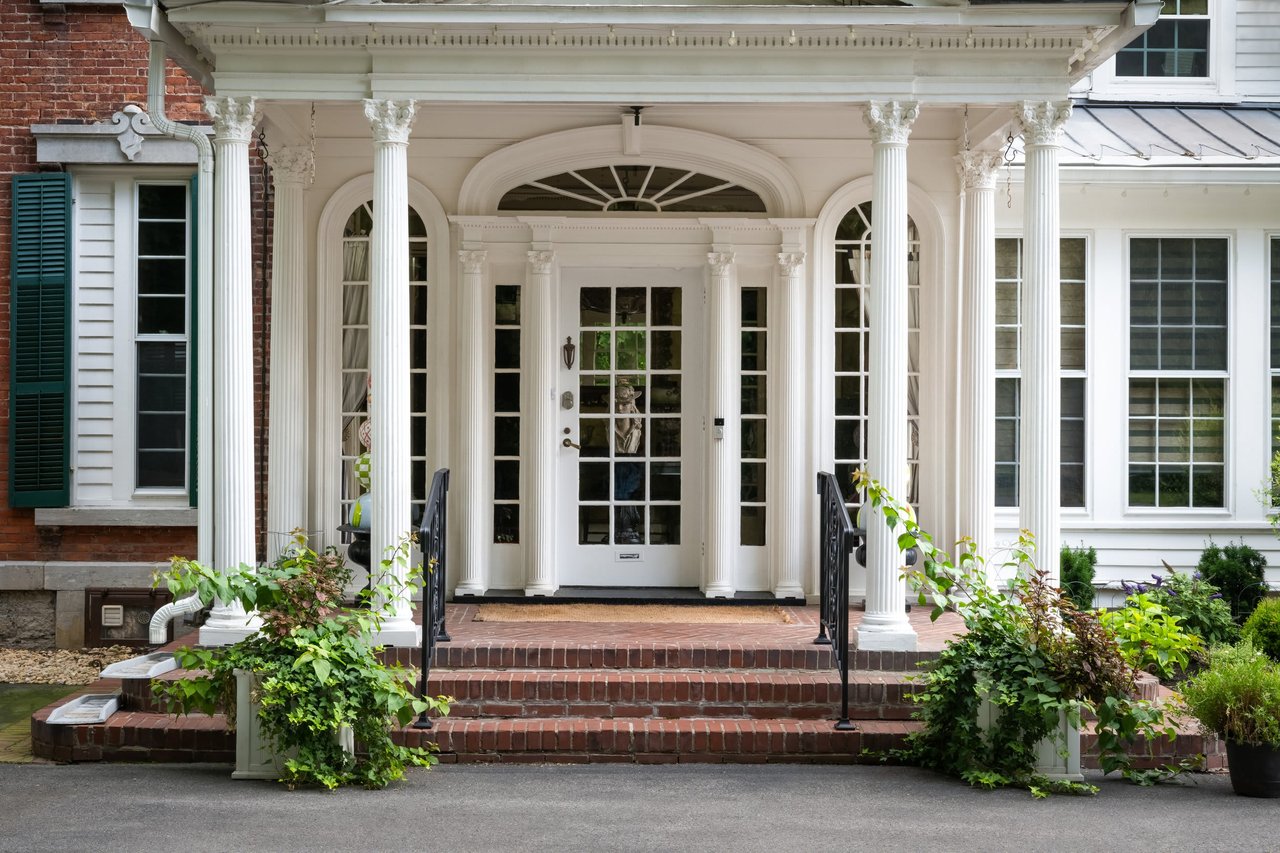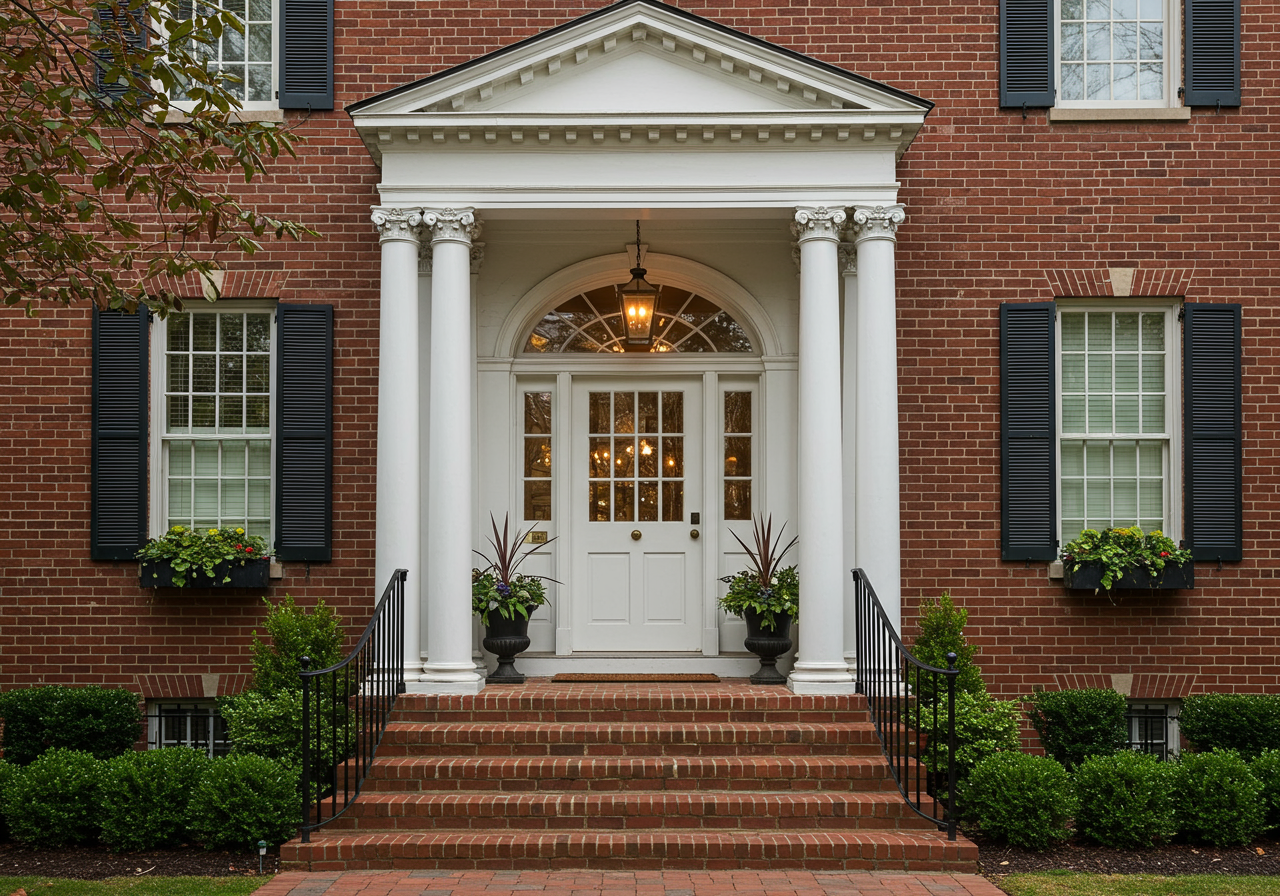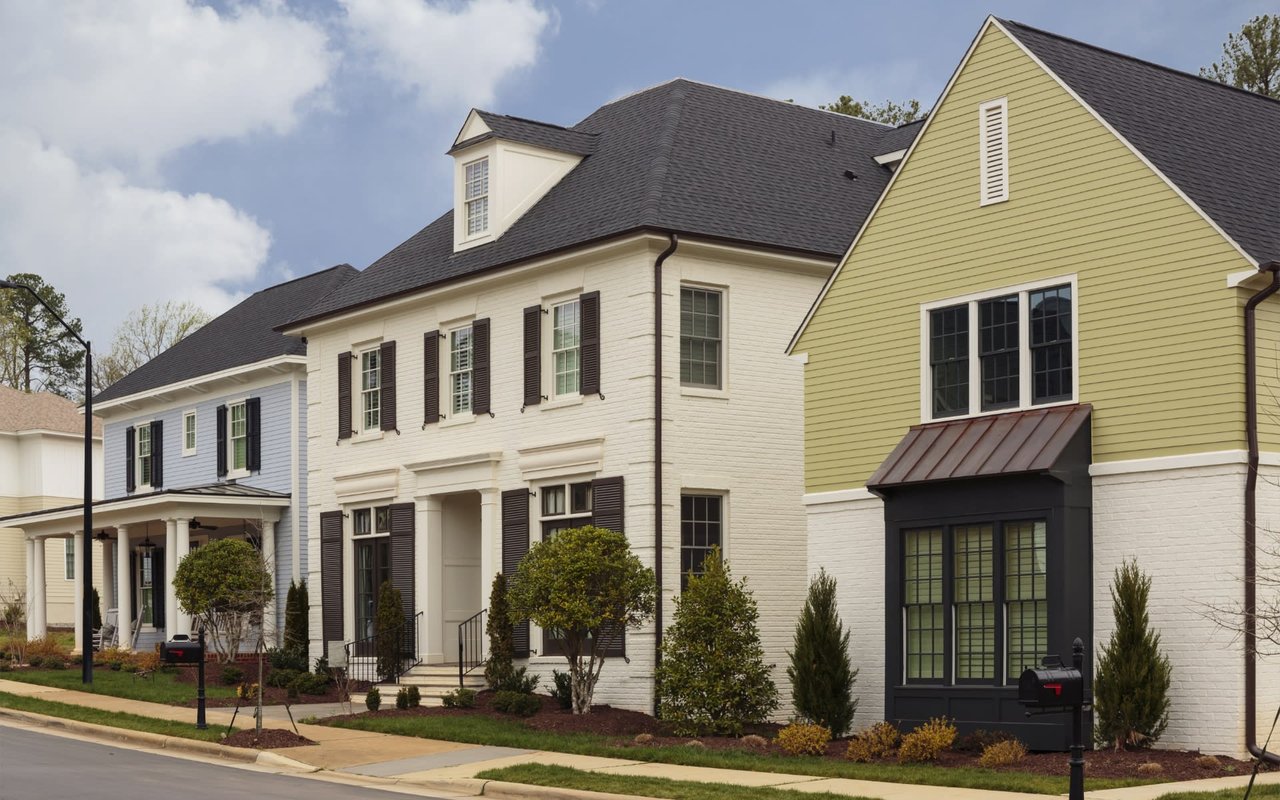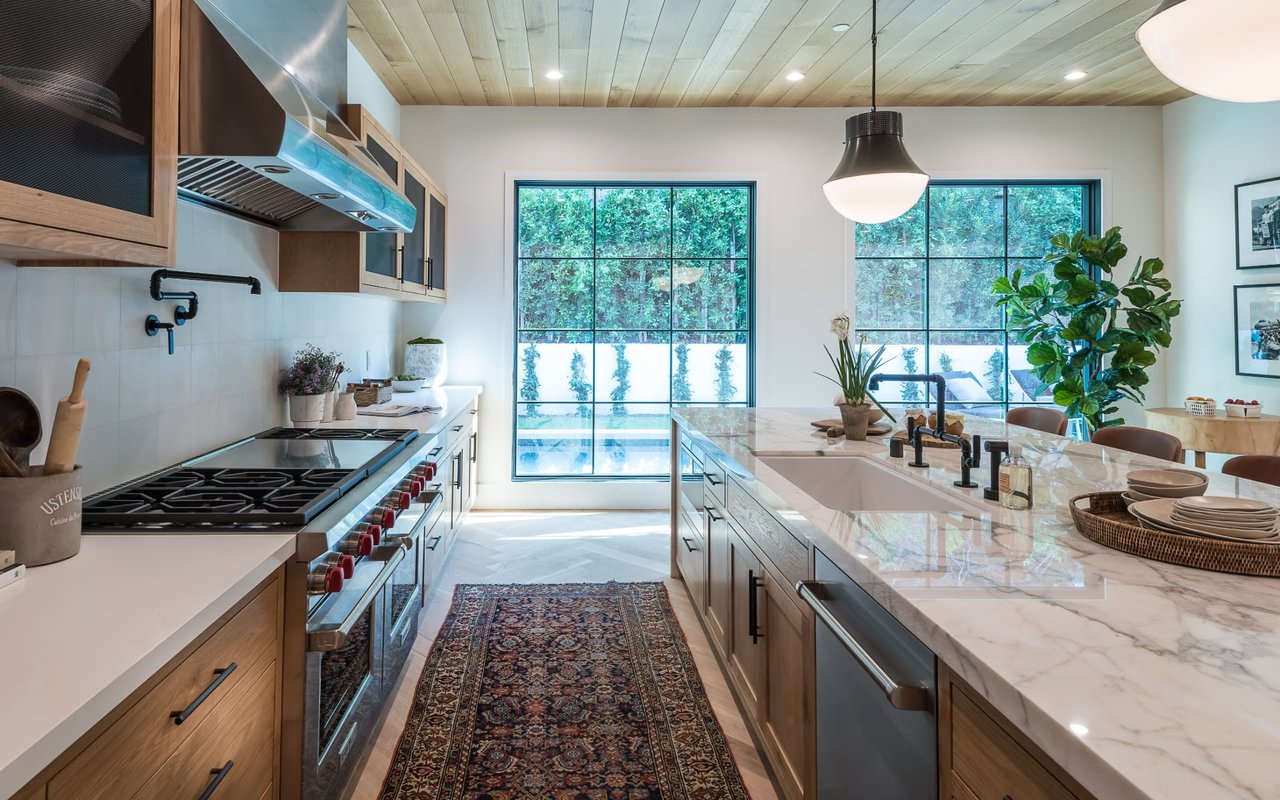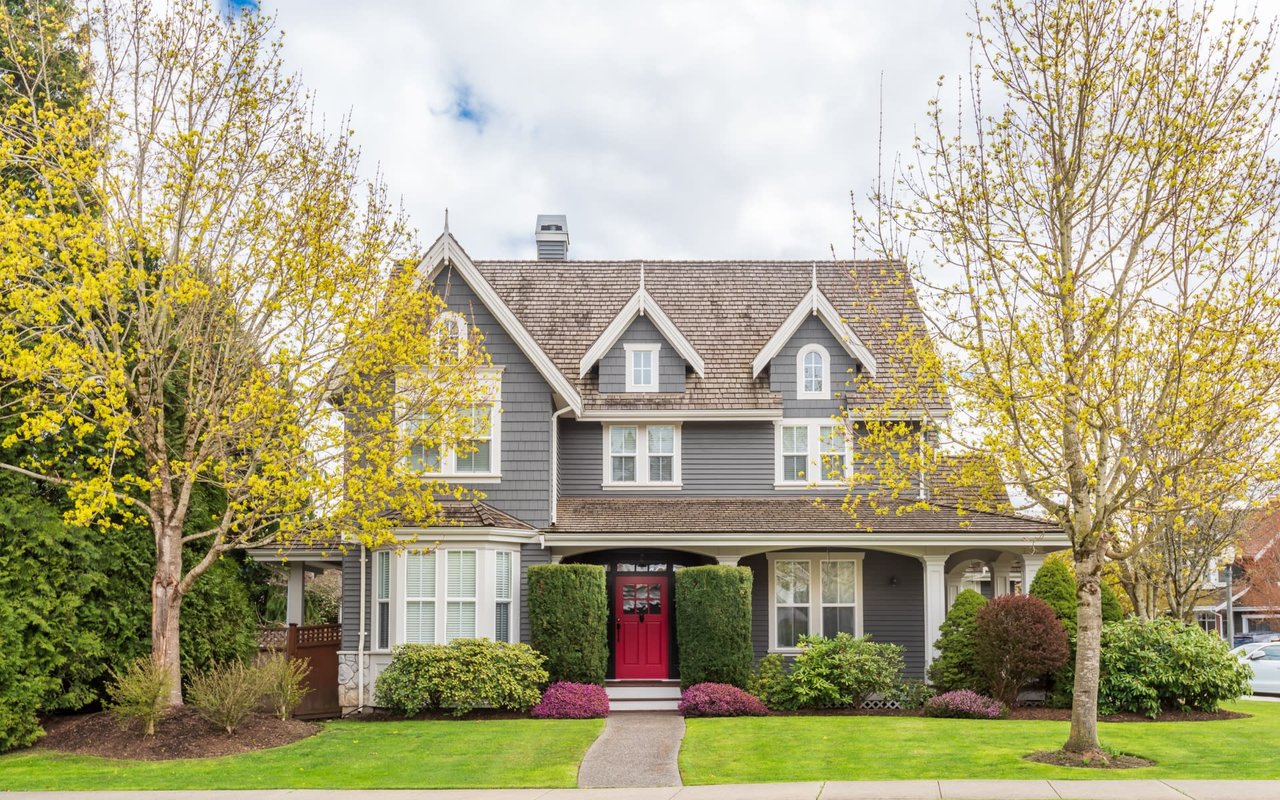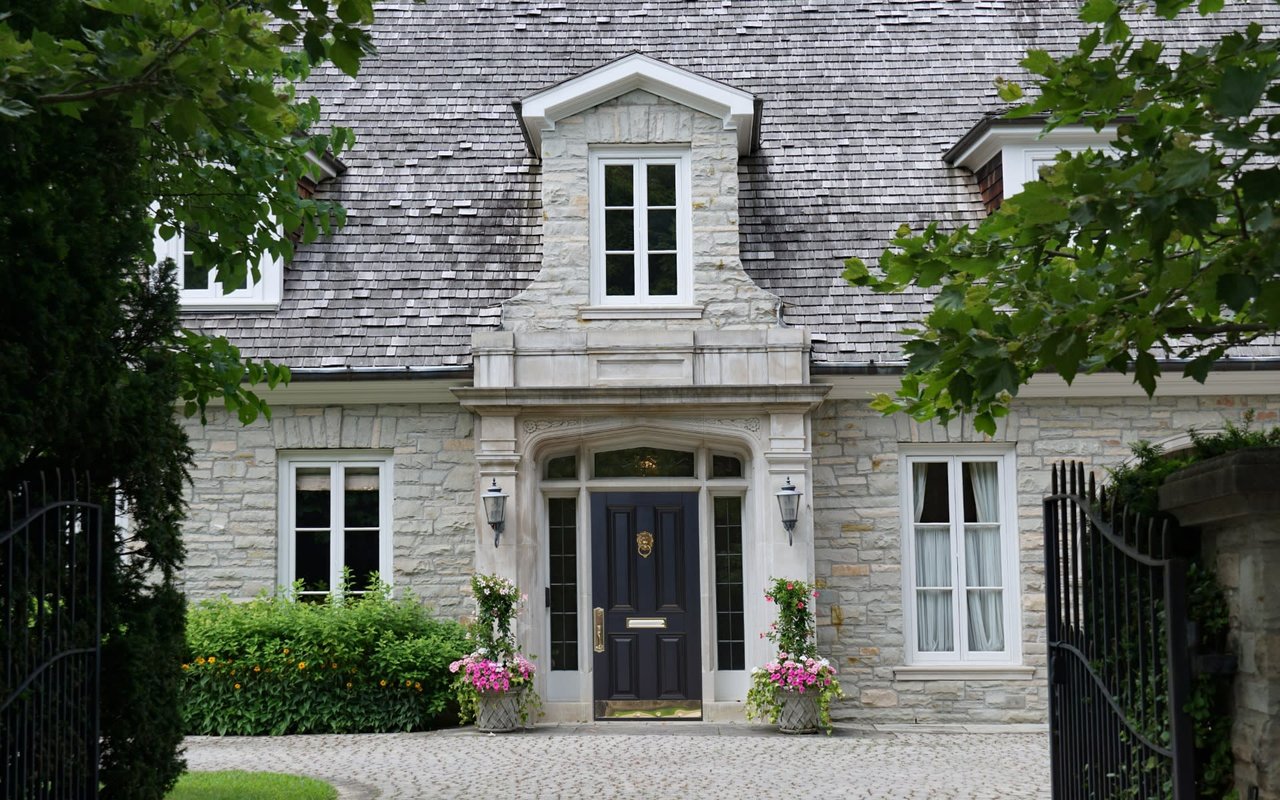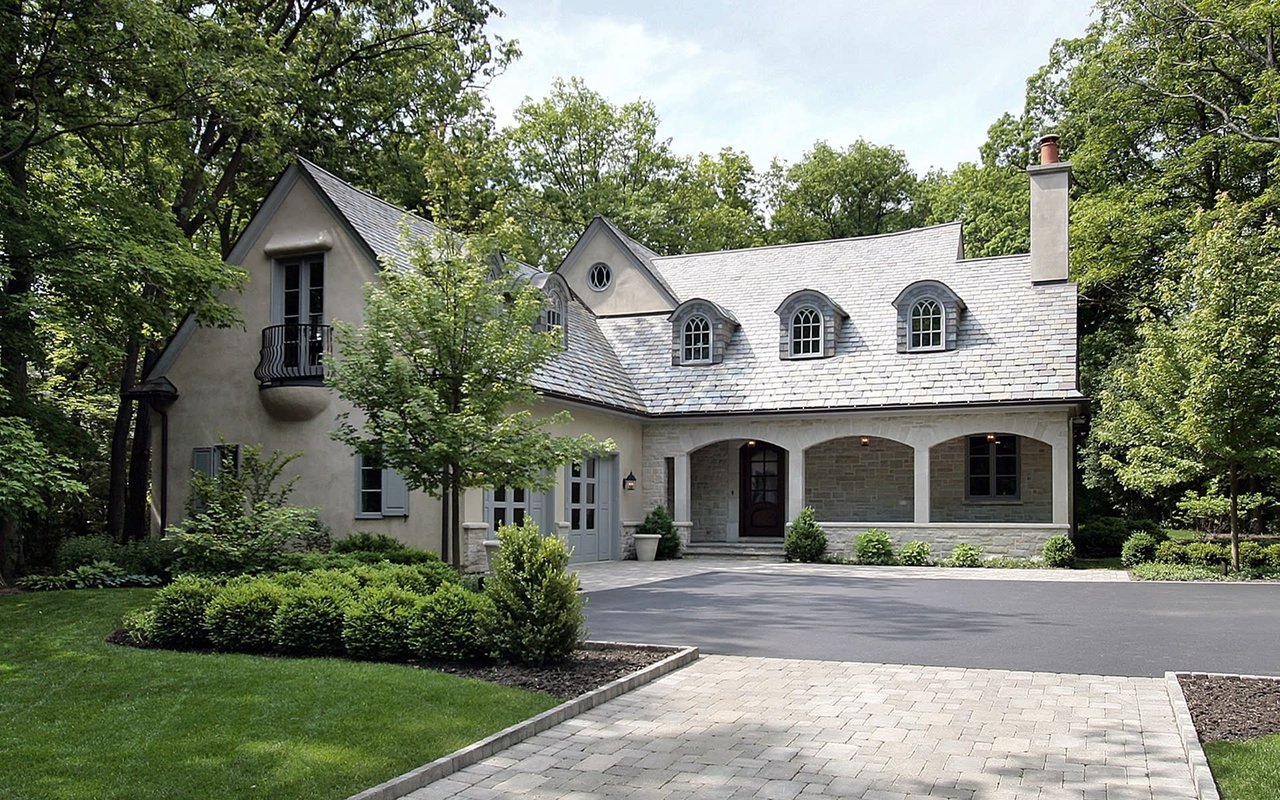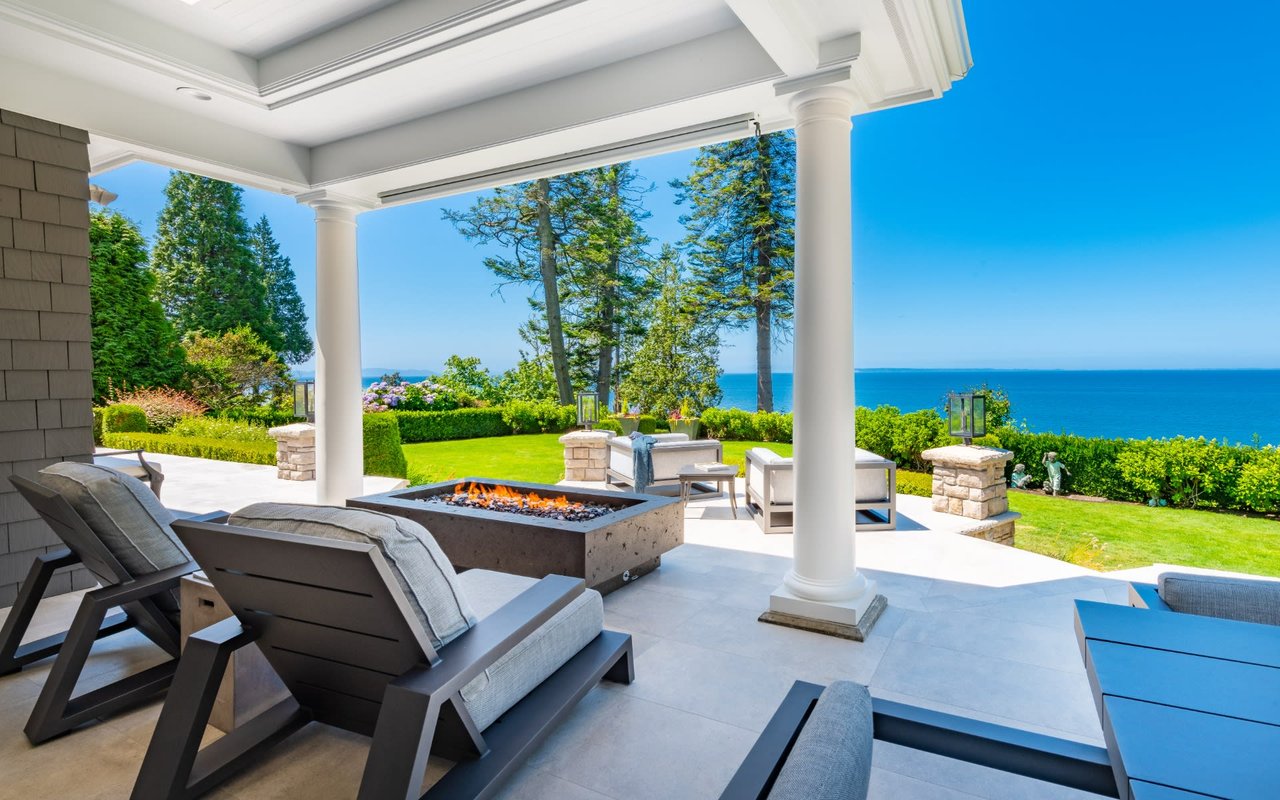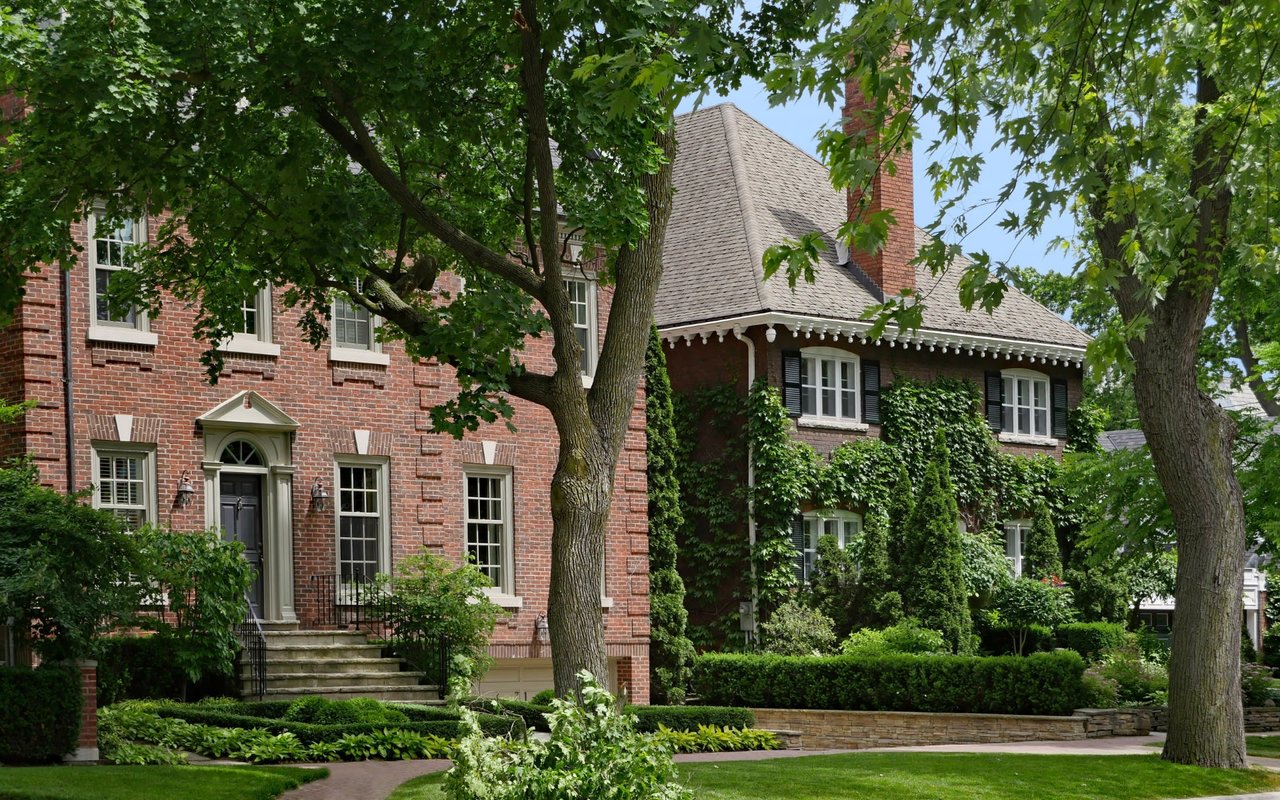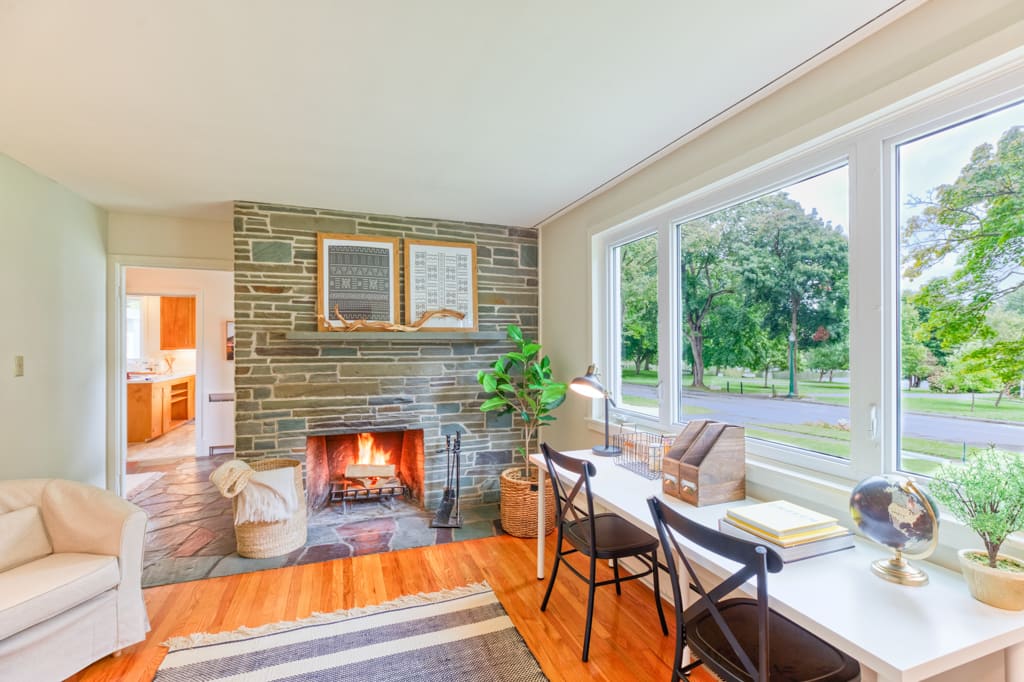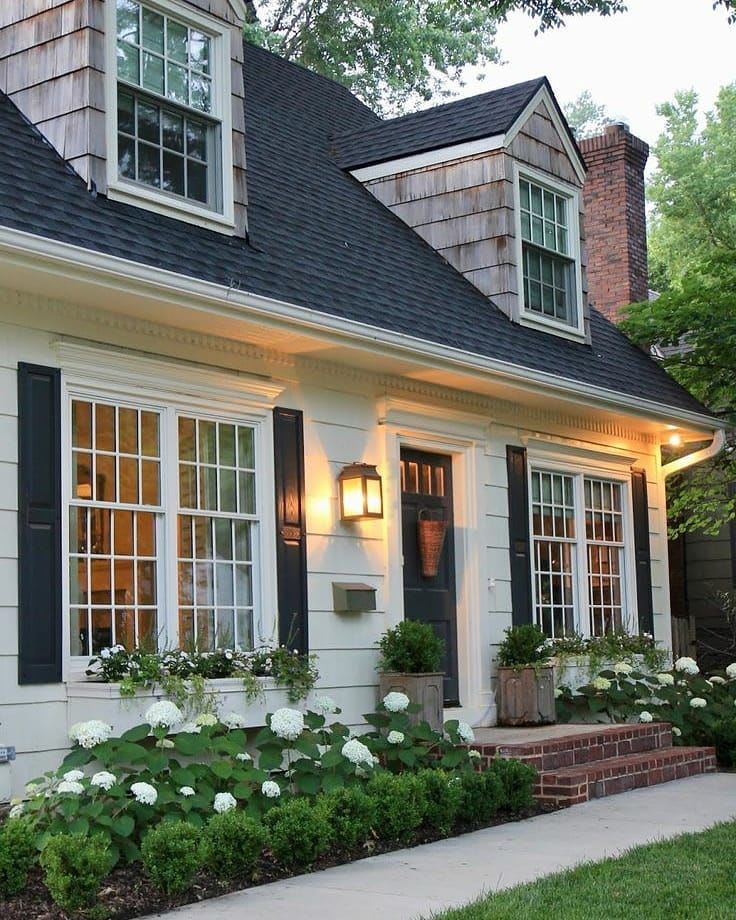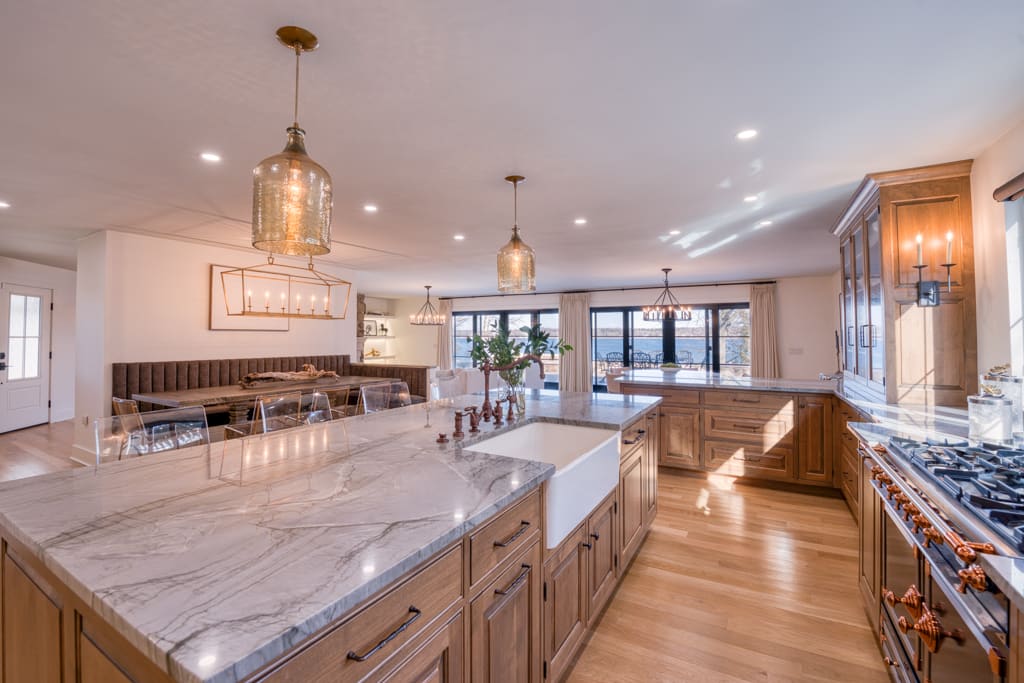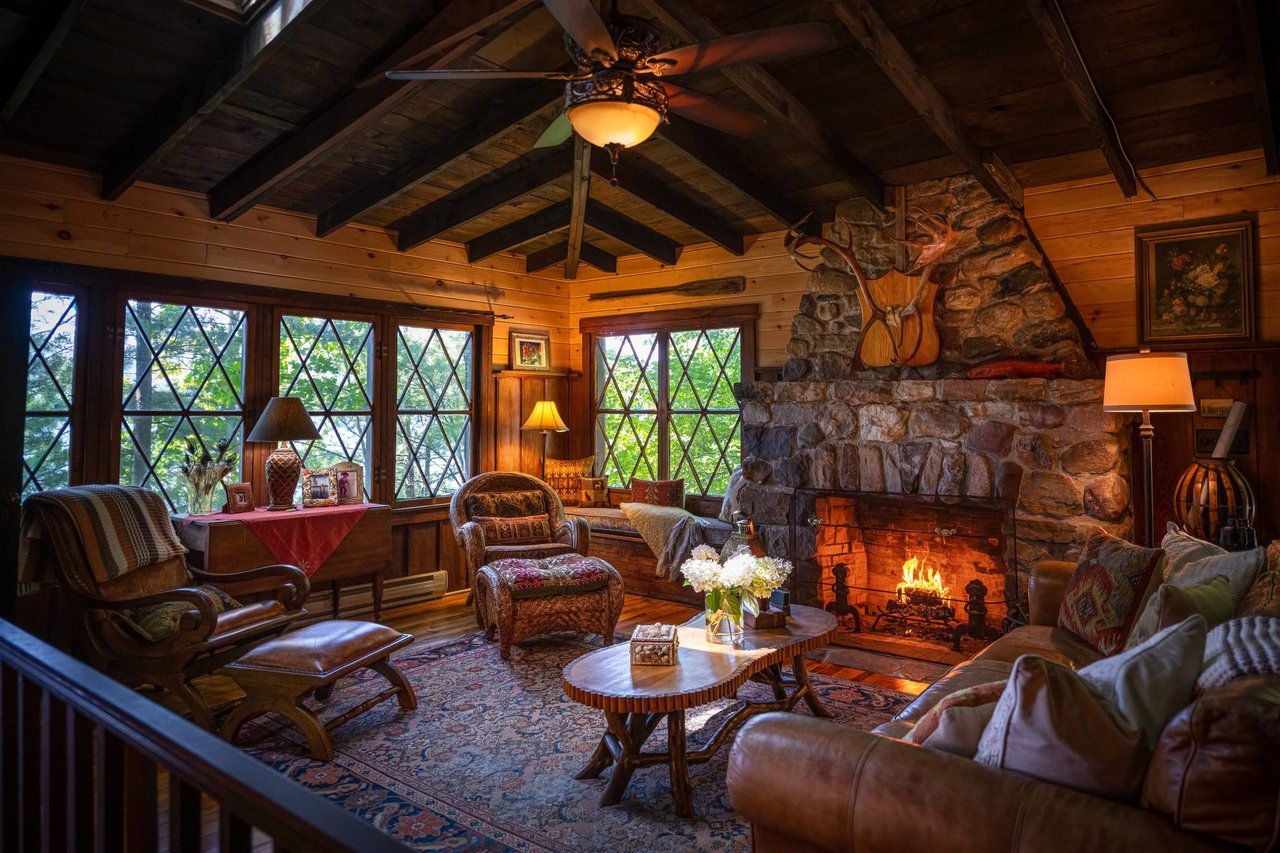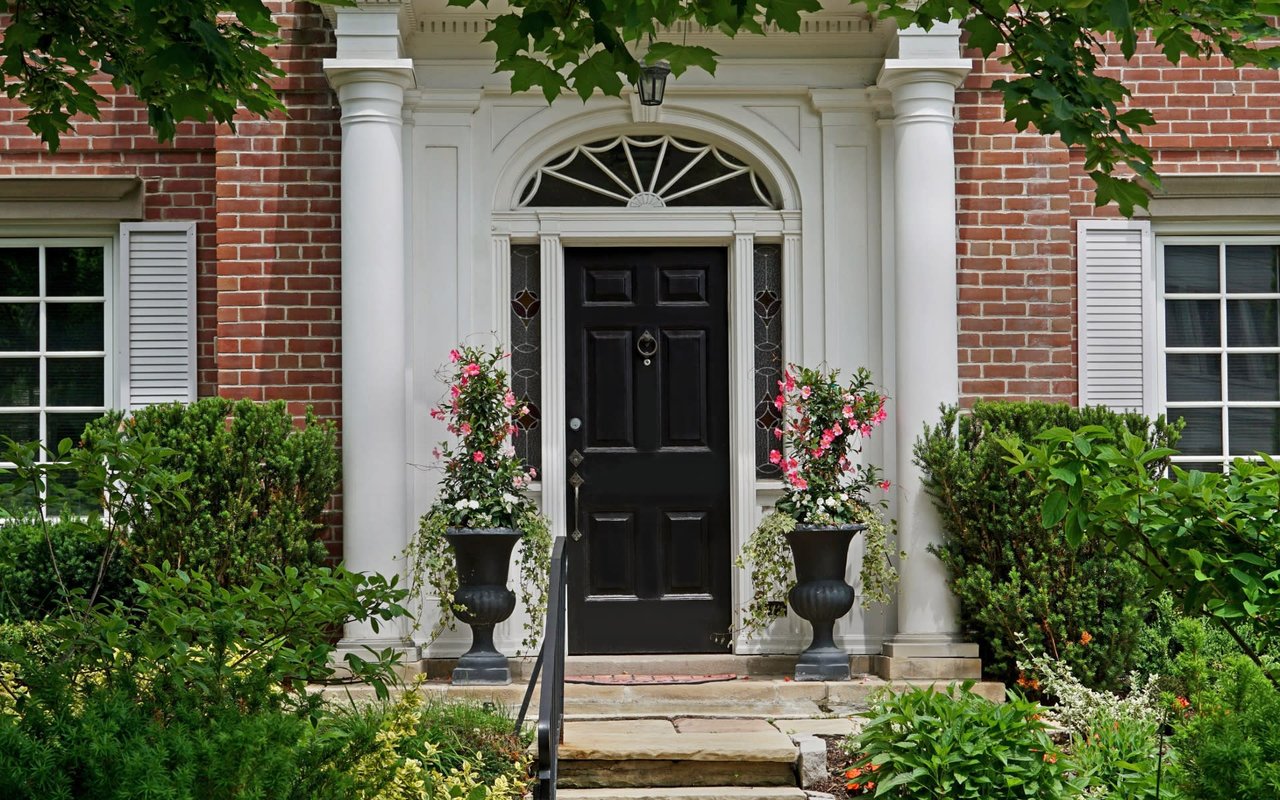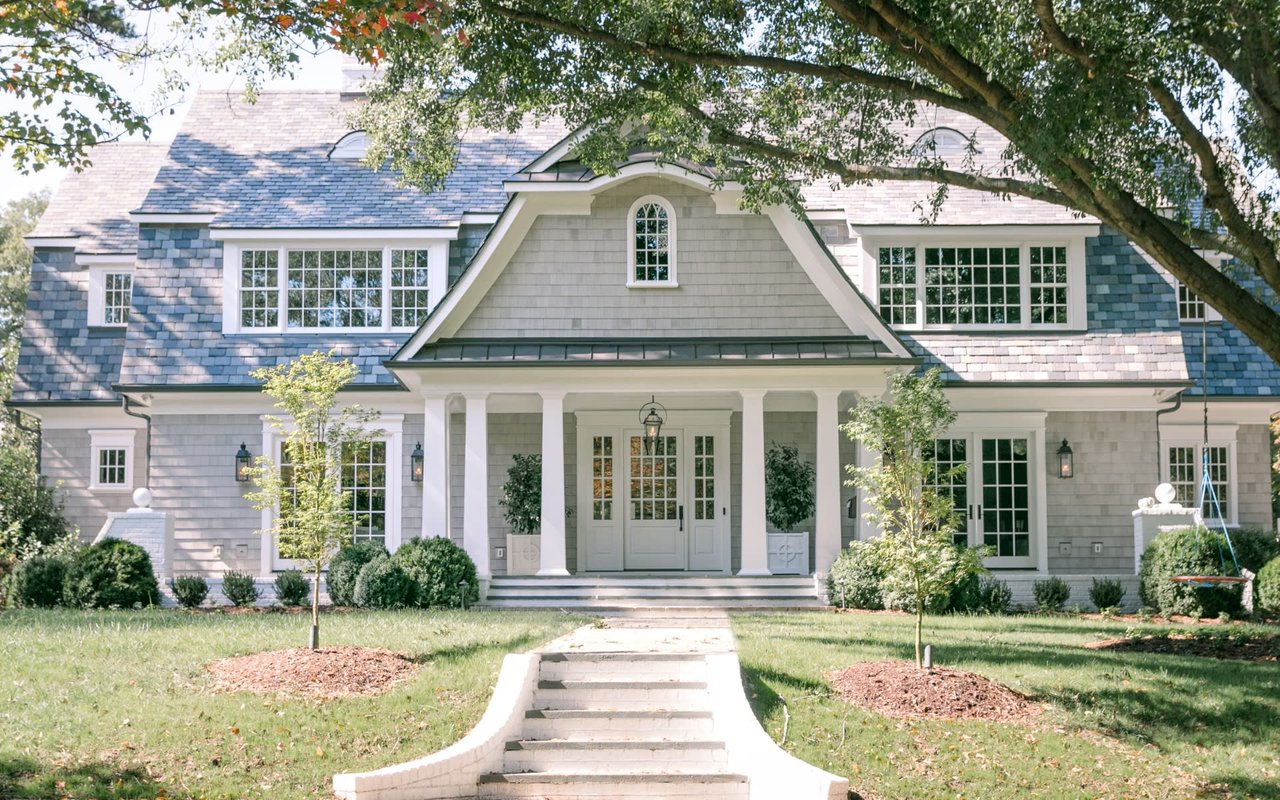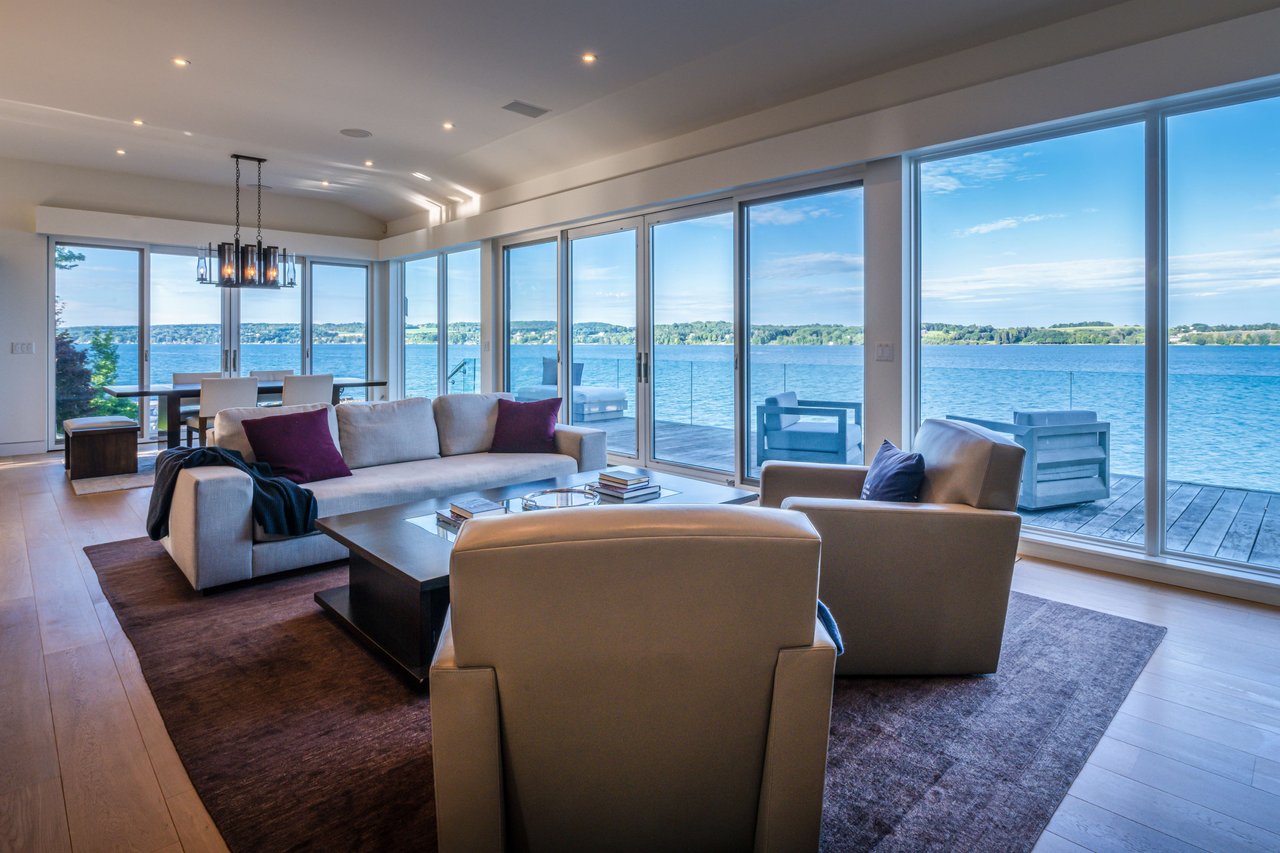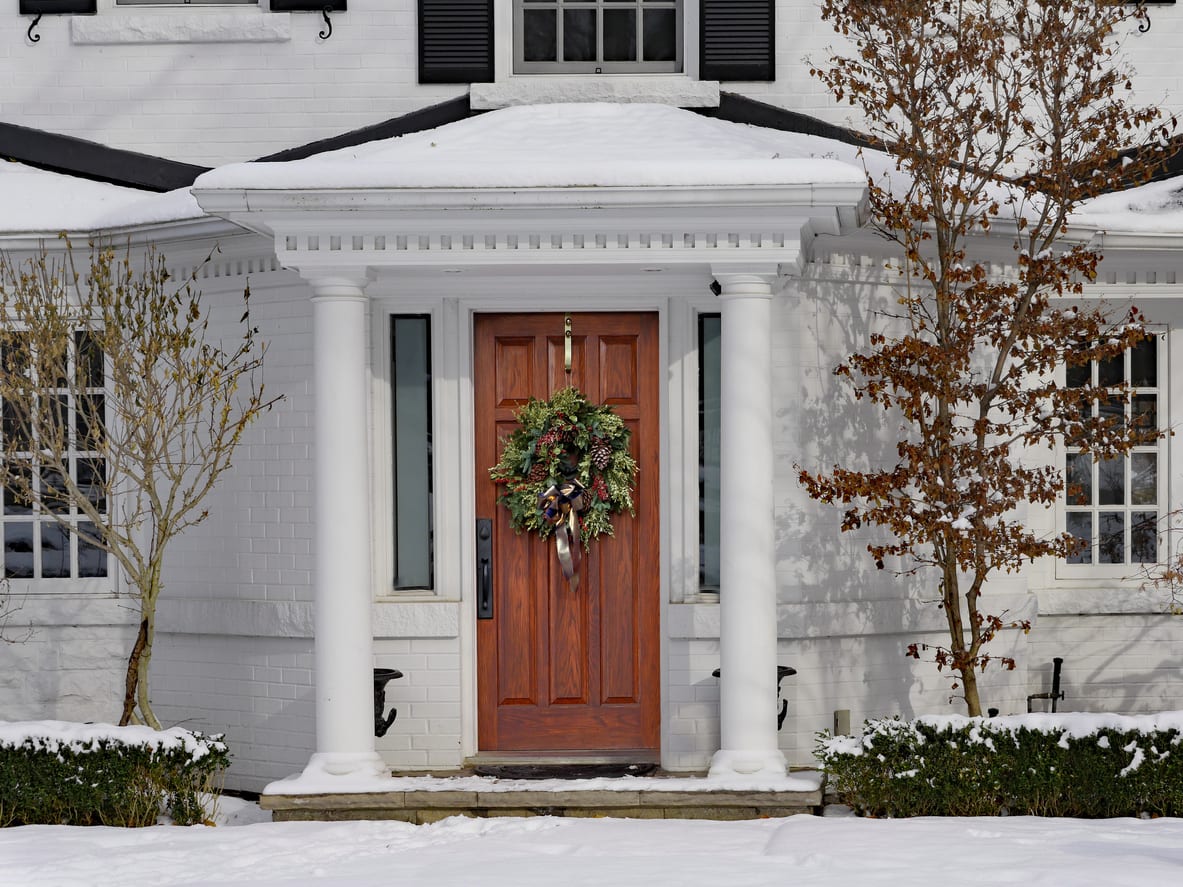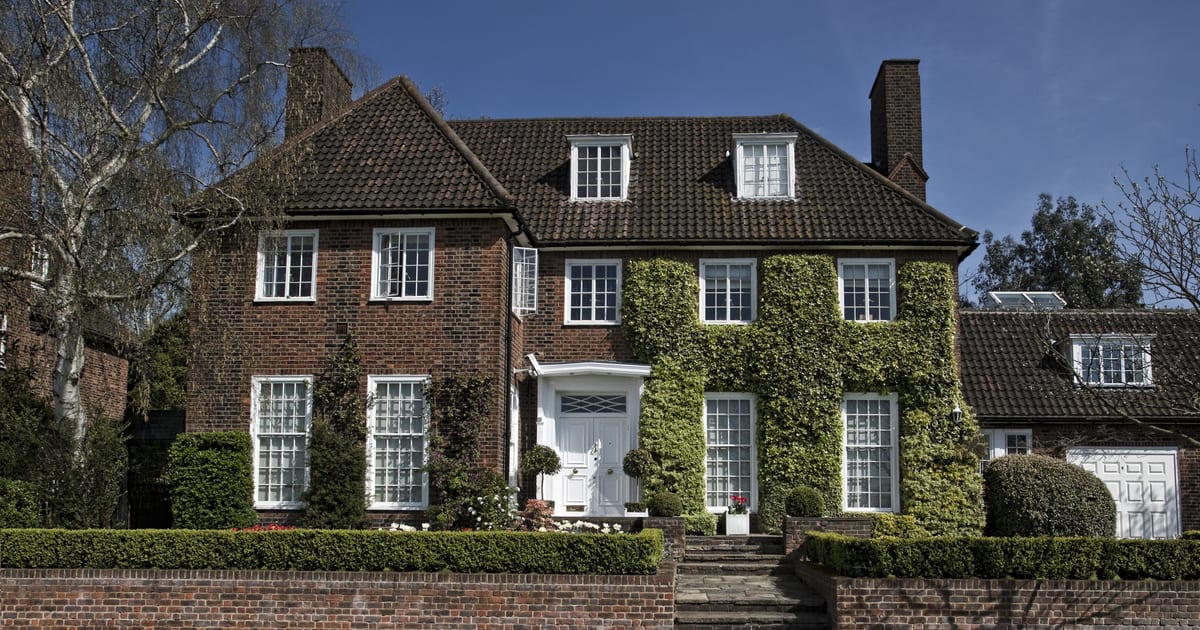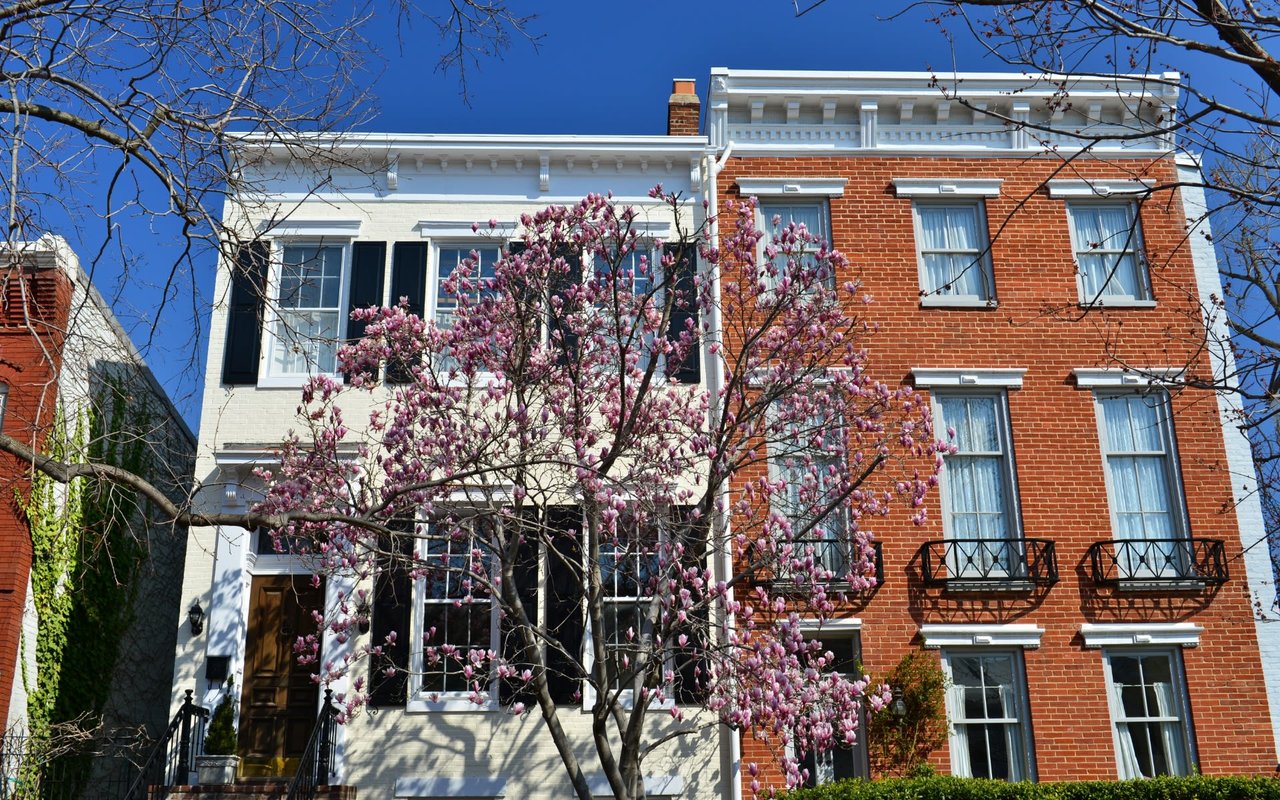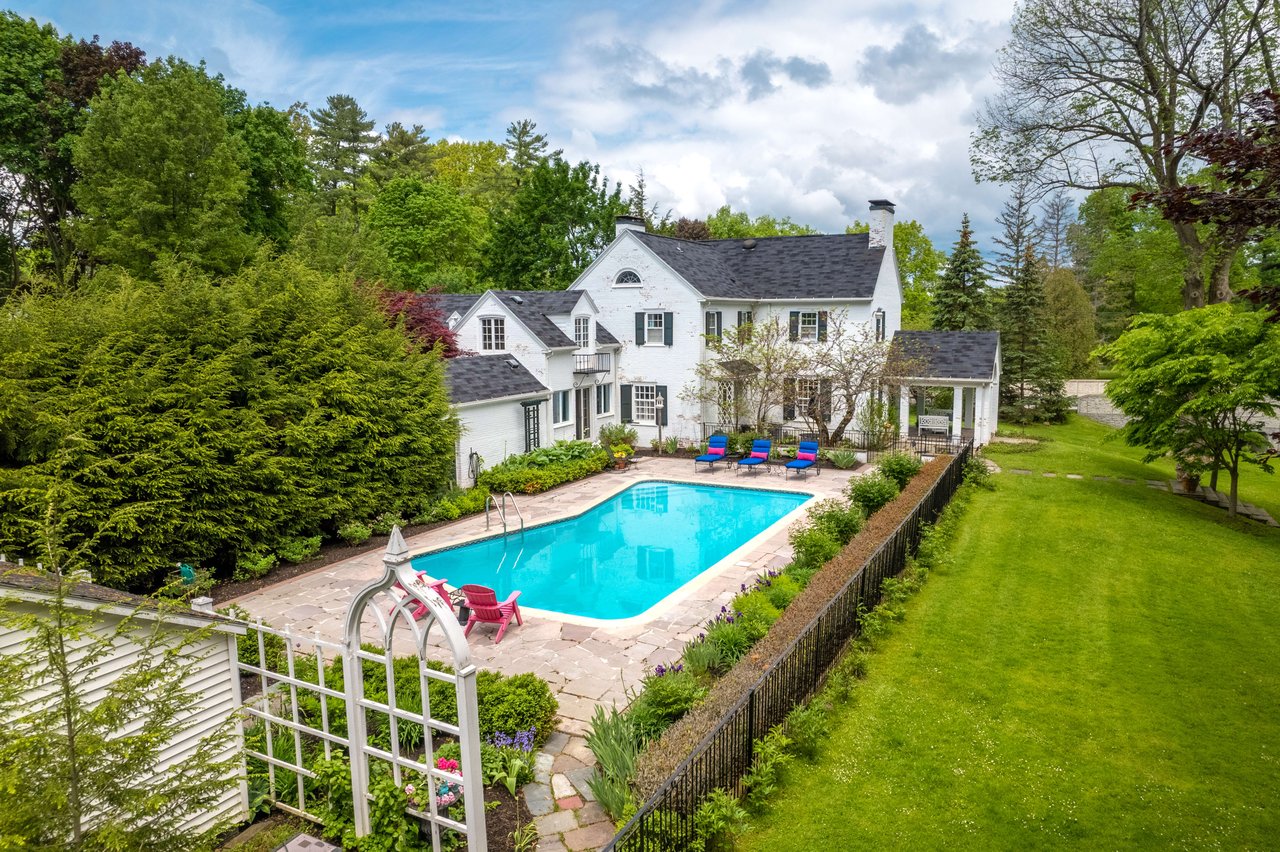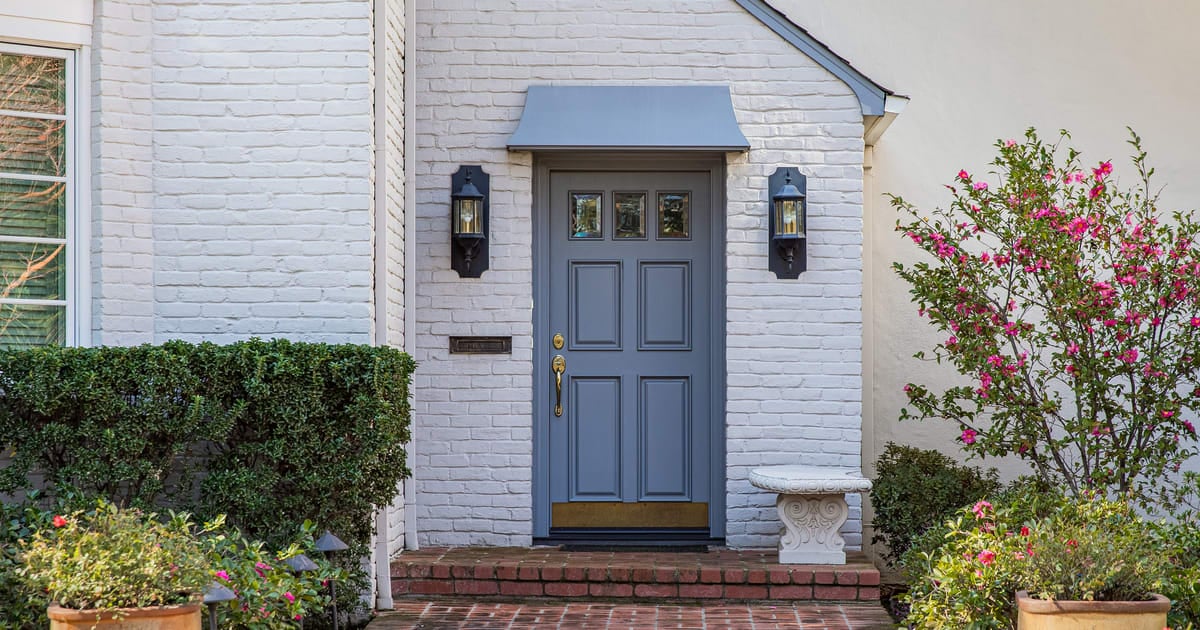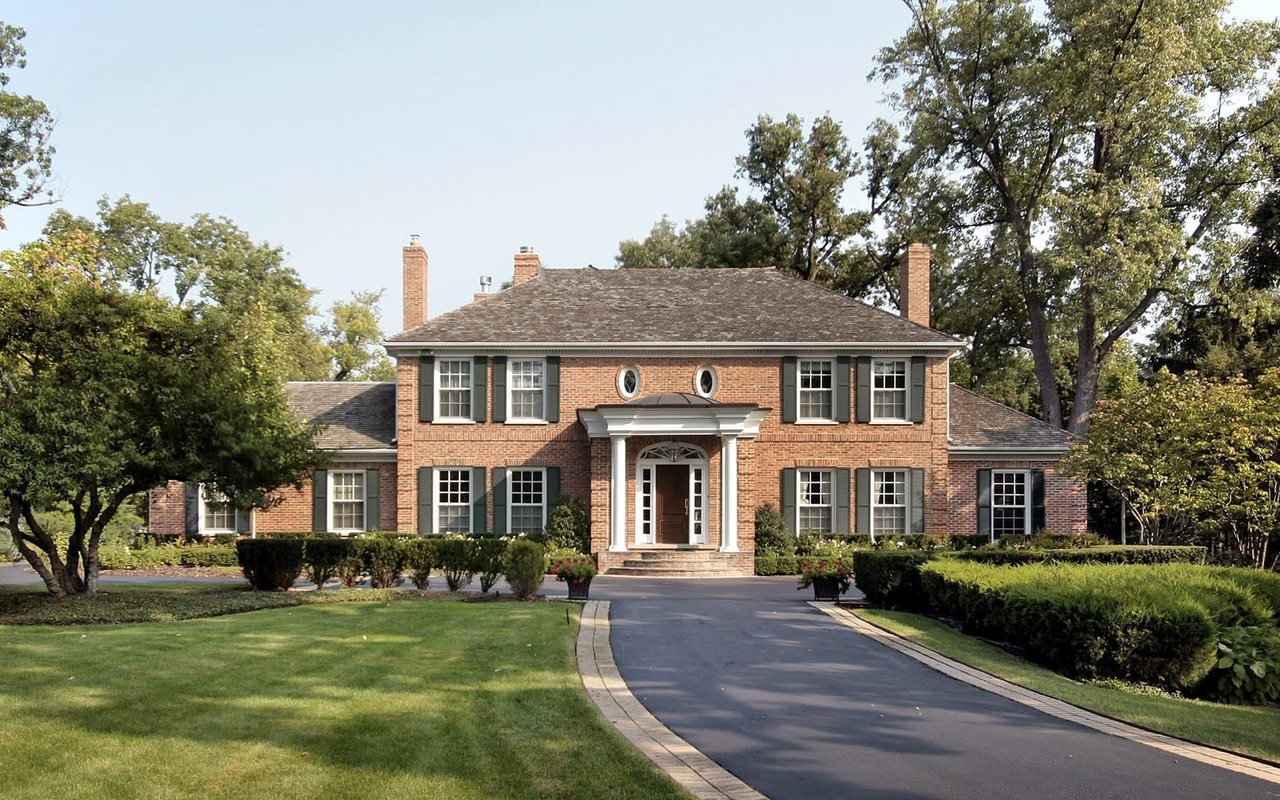How Supply and Demand is Affecting Home Price Appreciation
If you are considering buying a home in New York’s Finger Lakes region, you should be aware of how supply and demand affects home price appreciation. As of July 2022, the price of existing homes in the United States was almost 11% higher than it was a year ago. The average sale of a residential home is $458,983 in 2022, compared to $415,385 in 2021.
This is the case in spite of the fact that the Federal Reserve is raising interest rates to cool the inflation rate. As a result, mortgage interest rates – and homeowners’ monthly payments – are now higher.
The median price, considered a better indicator by some real estate professionals, rose even more this year – 13.4% from $299,900 to $340,000. The median price for real estate is the middle point for housing prices where half of homes are priced higher, and half are priced lower. In some markets, a few ultra high price sales can skew the average price for a home so the median price is more informative than the average home price.
According to Forbes, the price of homes continues to surge in spite of higher mortgage rates, and economists do not predict falling prices for homes in the coming year. In fact, experts forecast that home prices will have a yearly increase of 9.9% by the end of 2022 compared to last year, with a smaller gain of 3.1% next year. But a smaller increase is still an increase, meaning that home prices are expected to keep going up.
So why are home prices still high? The fast answer is that supply and demand dictates home price appreciation.
Supply, Demand and the Housing Market
The fundamental economic principles of supply and demand affect the price of things. Changes in supply and demand affect the price of resources, commodities and products in general, not just housing.
The Law of Supply and Demand states:
When supply drops, prices rise
When supply rises, prices fall
Experts say that we can expect ongoing appreciation in home prices, for two reasons - supply, and demand.
#1 Supply - The Housing Supply is Still Low
There is no question that inventory in the housing market is increasing. This may be the result of rising interest rates for mortgages, making it more expensive to buy a home.
However, while housing inventory is increasing, the supply is still low. Census figures dating back to the 1970’s show that in the United States the number of single-family housing units completed since 2008 has been below the 50-year average. During the housing crisis of 2008 an oversupply of homes for sale resulted in falling prices and underbuilding new homes. We are still catching up to meet the deficit.
#2 Demand - Millennial Demand for Housing
The woes of the pandemic drove the housing market into a frenzy with demand high and prices soaring. There was more demand for homes than the available supply as homebuyers competed with one another.
Demand has cooled because of rising interest rates, but we can expect demand to continue. Why? Because a large group of Millenials born between 1981 and 1996 are just reaching their peak homebuying years.
So the continuing low housing supply coupled with an increased demand for housing from Millenials will continue to drive home prices higher. In other words, due to the imbalance of supply and demand, we can expect to see the price of homes appreciate – even as the fast-paced housing market shifts back to levels before the pandemic.
According to Bankrate, the consumer financial services company, supply of homes is low, and demand for homes is high.
… supplies of homes for sale remain near record lows. And while a jump in mortgage rates has dampened demand somewhat, demand still outpaces supply, thanks to a combination of little new construction and strong household formation by large numbers of millennials. - Bankrate
Rising Interest Rates Pushes Demand
At the end of last year, the Federal Reserve promised rate hikes to curb inflation, and those rate hikes have affected mortgage rates. The national average for a 30-year fixed rate mortgage is now 5.60%. That’s much higher than last year at this same time when mortgage rates hovered around 3%. The May raise was the largest hike in 22 years, and we can expect the Fed to raise rates again if inflation doesn’t cool enough.
According to realtor.com consumers expect mortgage rates to continue to climb. As a result, homebuyers continue to feel a sense of urgency to buy a home before rates go up again. Some might realize that historically speaking, the current mortgage interest rate is low. The average mortgage rate for a 30-year fixed mortgage from 1971-2022 is 7.77%.
Buying a Home in the Finger Lakes
As an experienced professional real estate agent, Kelli Ide can help you make smart decisions about buying or selling real estate in New York’s Finger Lakes region. Count on Kelli to help you consider the influence of supply and demand on home prices. She can give you the guidance you need to decide on buying the home of your dreams, whether that is a permanent residence or a vacation home.
Kelli Ide offers a unique, concierge-style approach to real estate, including staging, photo styling and market preparation services exclusively for clients to give them an edge over the competition. For further information about buying or selling a home in New York's Finger Lakes, visit kelliide.com.

